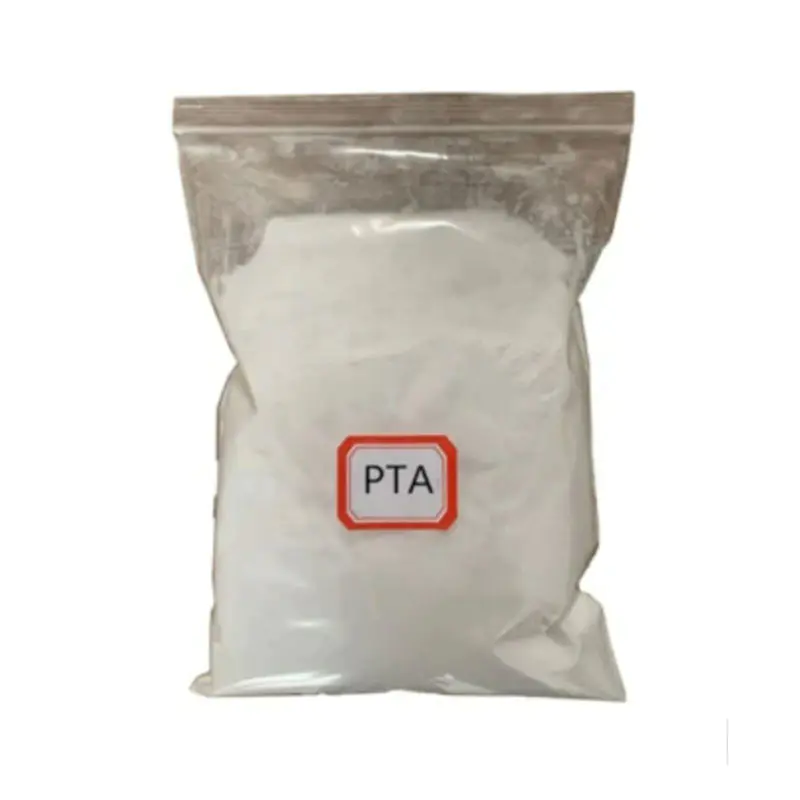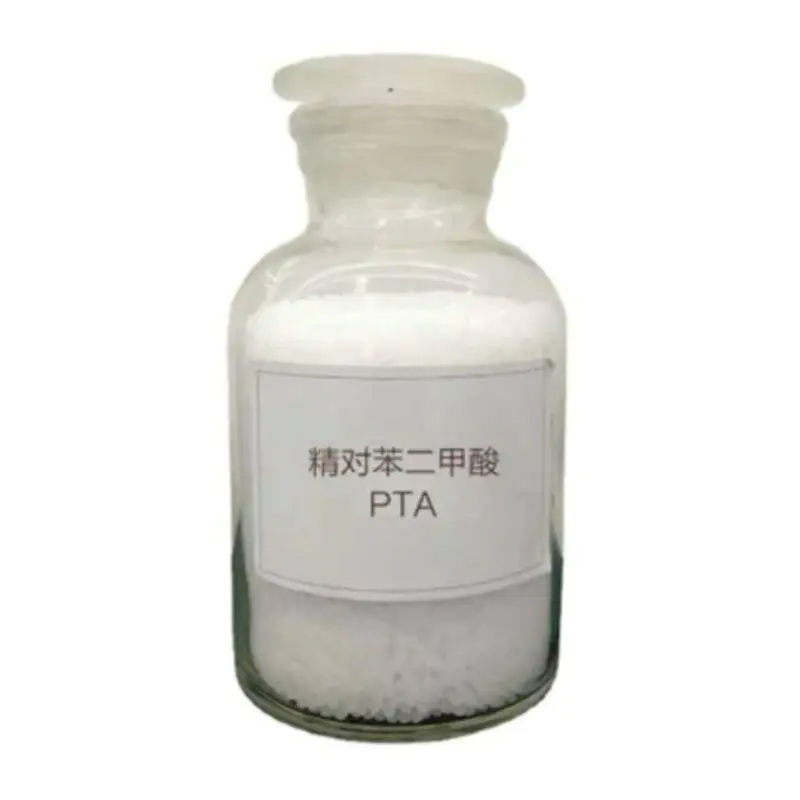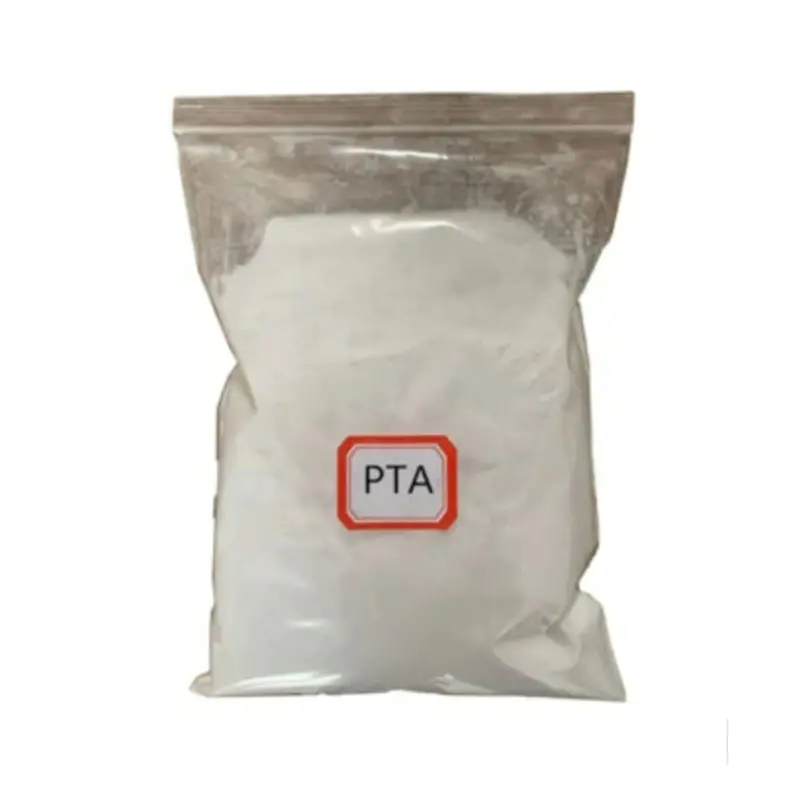In the field of chemical raw materials, the core value of high purity raw material terephthalic acid, which is different from conventional grade products, lies in the stability and reliability of its inherent quality. It is defined as a specific compound form among phthalic acid isomers, and its high purity characteristics are manifested in that the content of organic impurities, metal ions and colored substances is controlled within an extremely low level range. This quality characteristic directly determines its key role in the subsequent production chain.

The core advantage of high purity raw material terephthalic acid is first reflected in the efficiency of chemical reactions. As the core monomer of polyester synthesis, the regularity of its molecular structure and the lack of impurities ensure the sufficiency and predictability of the polycondensation reaction. During the reaction, no abnormal side reactions will occur due to interference from external impurities, avoiding the generation of defective structures that affect the molecular weight distribution of the polymer. At the same time, the extremely low metal ion residue avoids the risk of catalyst poisoning, so that the reaction process is always in a controllable state.
In terms of terminal product performance, high purity raw material terephthalic acid gives polyester materials more stable physical and chemical properties. The polymer molecular chain structure synthesized by it is uniform, and the crystallinity and orientation are more ideal, which is directly reflected in the improved transparency, enhanced mechanical strength and optimized thermal stability of the finished product. The fiber made of this material is not easy to yellow, the anti-aging cycle of plastic products is extended, and the haze of film products is significantly reduced. The guarantee of continuous production is the hidden value of high-purity raw materials. The production system will not cause equipment corrosion or pipeline blockage due to impurity accumulation, which greatly reduces the frequency of unplanned shutdown and maintenance.







